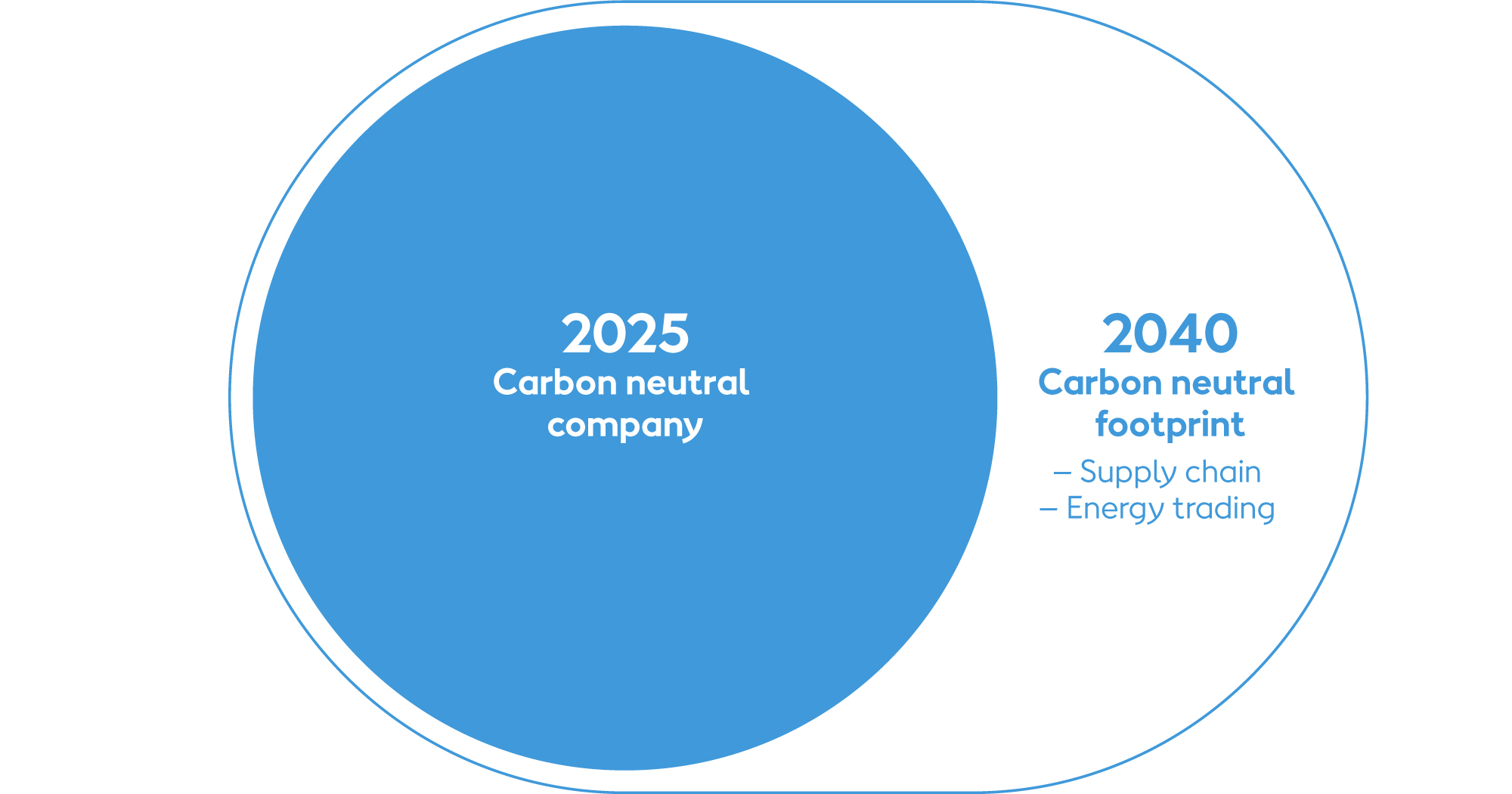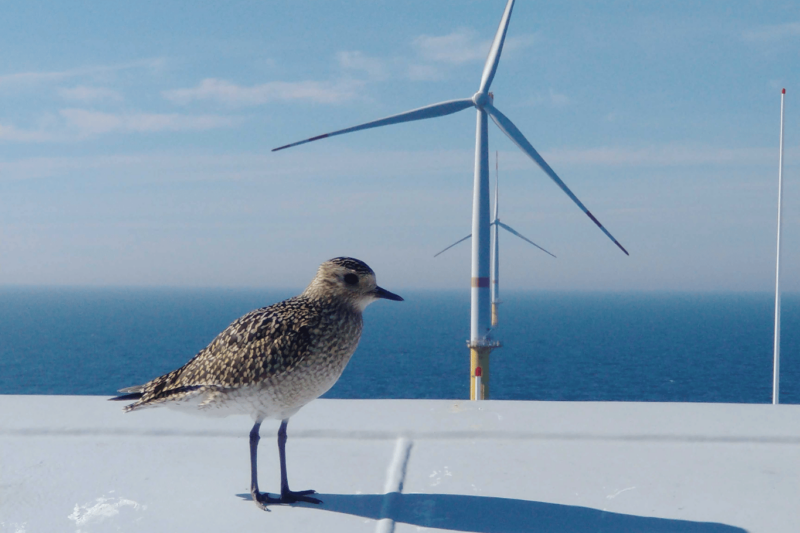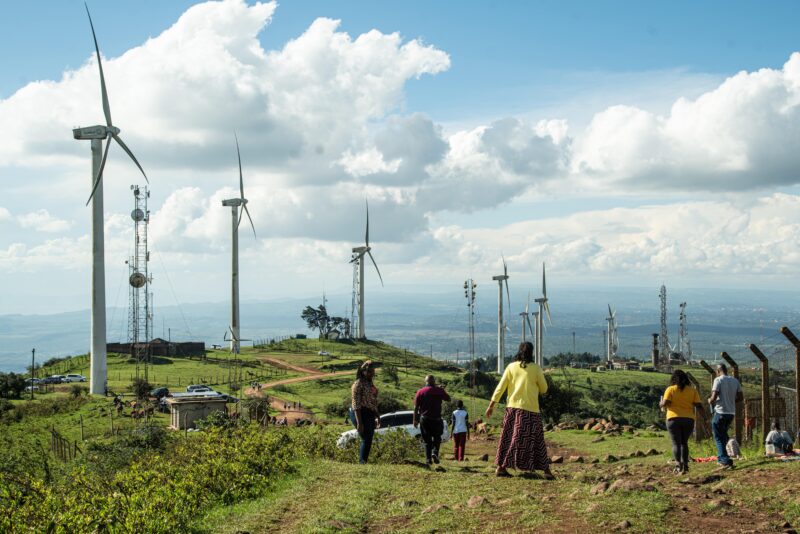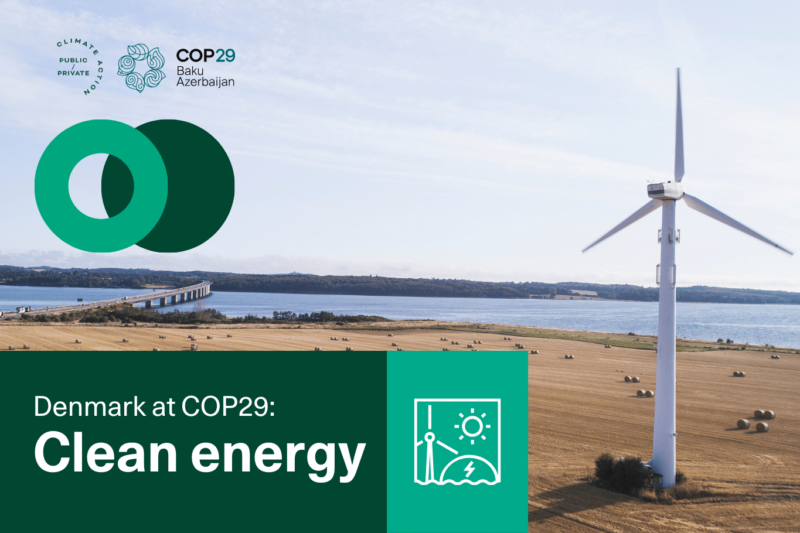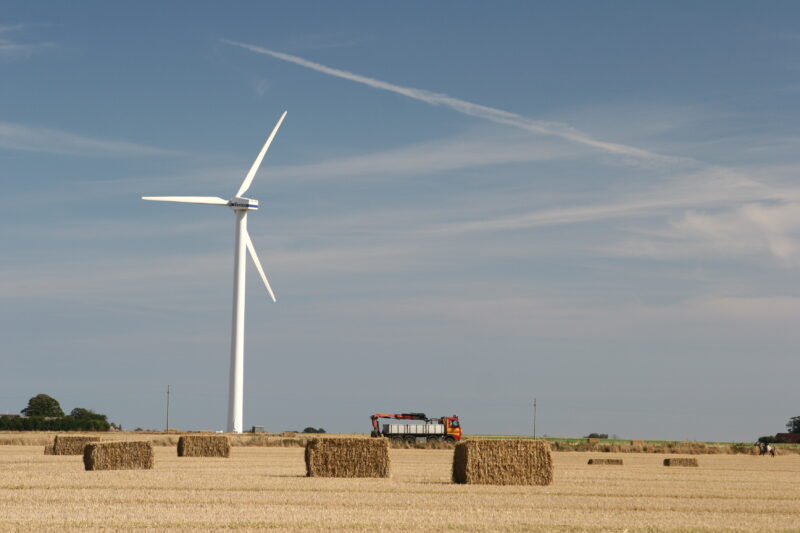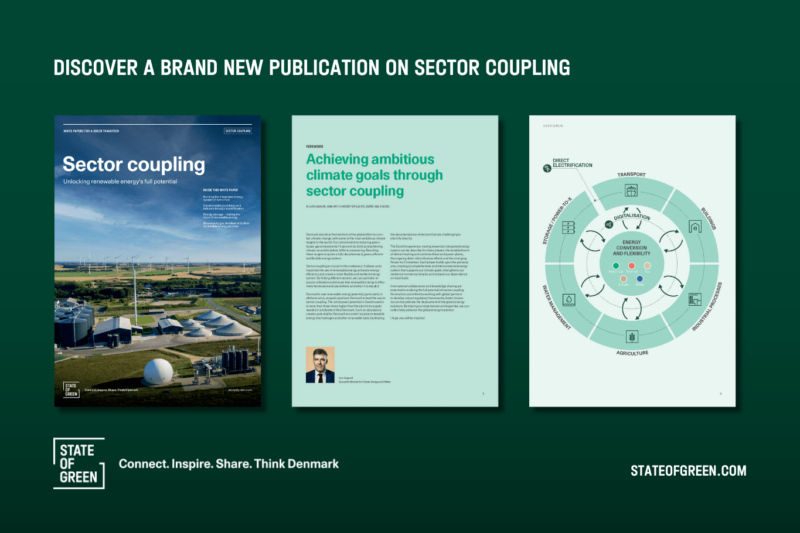News
Offshore wind
Wind energy
Ørsted to become carbon neutral by 2025
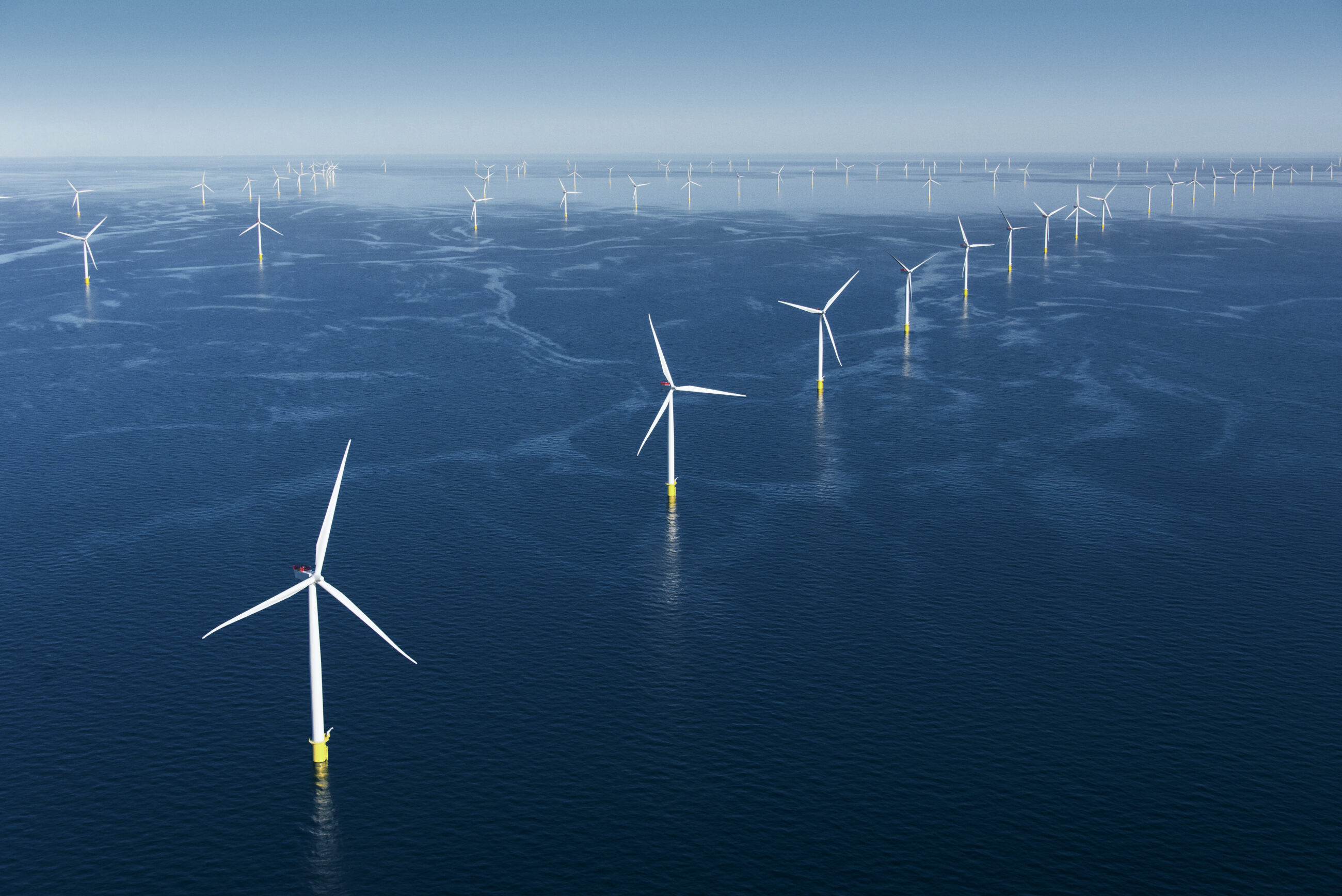

During the last ten years, Ørsted has transformed from a company with fossil fuels at the core of its business, to a pure-play renewables company. Ørsted has gradually dismantled its traditional fossil fuel-based business and built a new business in renewable energy which is now one of the biggest green energy companies in the world today.
As the leading developer of offshore wind, Ørsted has installed one third of all offshore wind turbines globally. By eliminating carbon emissions from its energy generation and operations, the company has reduced its carbon emissions by 86 per cent compared to 2006.
As announced today in its Sustainability report 2019, Ørsted is embarking upon an additional step in its decarbonisation journey by deciding to become a carbon neutral company by 2025.
CEO of Ørsted, Henrik Poulsen, states:
"We've come very far in reducing our emissions and Ørsted is more than two decades ahead of what is required by science to limit global warming to 1.5°C. We've now decided to take an additional step by making Ørsted a carbon neutral company already by 2025. Halting climate change requires action at all levels of society, and we need that action now. Especially within production and use of energy which account for 73% of all global emissions."
He continues:
"We've transformed from producing energy based on fossil fuels to producing carbon neutral energy. We've seen a real strengthening of our business and shown that a rapid green turnaround is possible. A decade ago, we were one of Europe's most coal-intensive utilities, and by 2025, we'll be carbon neutral."
By becoming carbon neutral by 2025, Ørsted will be the first major energy company to reach net-zero emissions in its operations and energy generation.
"Our change from black to green energy has not been easy but it's been necessary. I hope that our transformation inspires countries and businesses to take more radical actions than they might think possible. There really is no time to lose if the world is to halve emissions by 2030 and stay below 1.5°C of warming."
Road to net zero
The most important levers that will get Ørsted to carbon neutrality are a complete phase-out of coal by 2023 and the installation of 20GW of offshore and onshore wind by 2025, supported by a commitment to invest DKK 200 billion in green energy in the period 2019-2025.
With its determination to continue the phase-out of fossil fuels and build-out of green energy, Ørsted will see its emissions reduced by at least 98% by 2025.
The remaining emissions beyond 98% come from a variety of sources, where emissions are harder to abate. Ørsted will strive to push the reduction beyond 98% and look for solutions to reduce the remaining emissions. One such solution is Ørsted's decision to stop buying or leasing fossil-fuelled cars as of 2021 and make its entire car fleet electric by 2025.
Should offsetting become necessary, Ørsted will only engage with projects that are verified, measurable and additional, meaning that the carbon removal would not have happened without Ørsted's engagement.
Carbon neutral footprint by 2040
As Ørsted is now only a few years away from net-zero energy generation, the company has decided to embark on the next phase in its decarbonisation journey, which is to address the carbon emissions beyond its own walls and align these emissions with the 1.5ºC pathway. These emissions come from energy trading and from the supply chain.
The company has committed to reducing the emissions that take place outside of Ørsted, but are still linked to its activities, with 50% by 2032 compared to 2018. Ørsted now also sets a target to achieve carbon neutrality across the company's entire carbon footprint by 2040, ten years ahead of the global target for net-zero emissions as required by climate science to limit global warming to 1.5ºC.
To achieve a carbon neutral footprint, Ørsted will gradually phase out natural gas trading activities while increasing the green share of power traded. Furthermore, Ørsted will engage its suppliers to reduce carbon emissions from the manufacture and installation of renewable energy and encourage suppliers to set emission reduction targets aligned with climate science and to run their operations on green energy.
"It'll be challenging to reach a carbon neutral footprint by 2040, and it'll require significant innovation in all parts of our supply chain. Many of the green technologies to be used to decarbonise our supply chain exist but they're not yet cost competitive. With the 2040 target, we want to help drive the necessary innovation forward to mature the green technologies in the industries that supply to us," says Henrik Poulsen.
Ørsted's carbon emission reduction targets are science-based targets approved by the Science-Based Targets initiative (SBTi). SBTi has validated Ørsted's targets and classified them as more ambitious than a well-below 2°C trajectory. Moreover, the initiative has preliminarily concluded that Ørsted's targets align with a 1.5°C trajectory, with SBTi's methodology to assess this alignment to be launched later in 2020.
You should consider reading
Perspective
Sector coupling
+9
